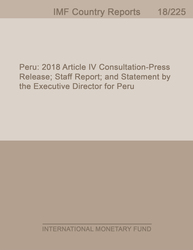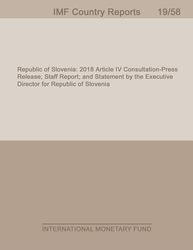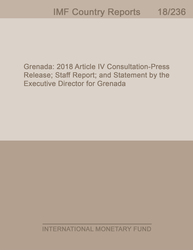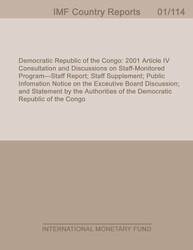
Canada: Financial Sector Assessment Program-Technical Note on Crisis Preparedness and Safety Nets
Canada: Financial Sector Assessment Program-Technical Note on Crisis Preparedness and Safety Nets
READ MORE...
Volume/Issue:
Volume 2025
Issue 232
Publication date: August 2025
ISBN: 9798229021692
$20.00
Add to Cart by clicking price of the language and format you'd like to purchase
Available Languages and Formats
| English |
Prices in red indicate formats that are not yet available but are forthcoming.
Topics covered in this book
This title contains information about the following subjects.
Click on a subject if you would like to see other titles with the same subjects.
Banks and Banking , Finance , B , Resolution planning , loss absorption capacity requirement , B , Resolution power , restructuring provision , recovery planning , Ontario financing authority , Bank resolution framework , Crisis management , Deposit insurance , Credit unions , Insurance companies , Global
Also of interest
Summary
This Technical Note focuses on Crisis Preparedness and Safety Nets in Canada. Canadian authorities can exercise a broad range of powers in resolution and the recovery and resolution toolbox is comprehensive and mature. The safety net for depositors in Canada is generally well developed, both at the federal and provincial level, but harmonization across the various schemes is recommendable. The federal deposit insurance coverage limit, last updated in 2005, needs reconsideration. A comprehensive resolution framework for insurance companies is still pending, though policyholders are protected by two industry-based guarantee funds. The dated legal regime for liquidation of financial institutions at the federal level remains functional, but requires an overhaul. While the flexibility of Winding-up and Restructuring Act (WURA) still allows it to deal with the complexity of modern financial conglomerates, even those with cross border activities, its lack of specific restructuring tools can leave space for interpretation which can lead to uncertainty. A comprehensive reform of the liquidation framework is needed.
Copyright © 2010 - 2025
Powered by:
AIDC



